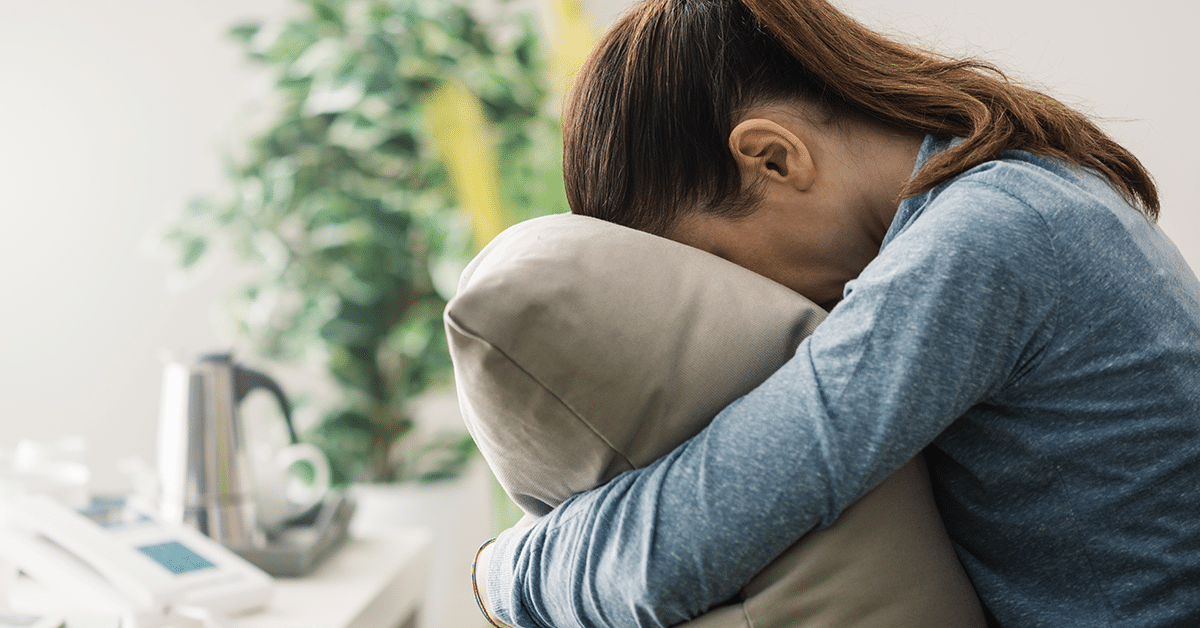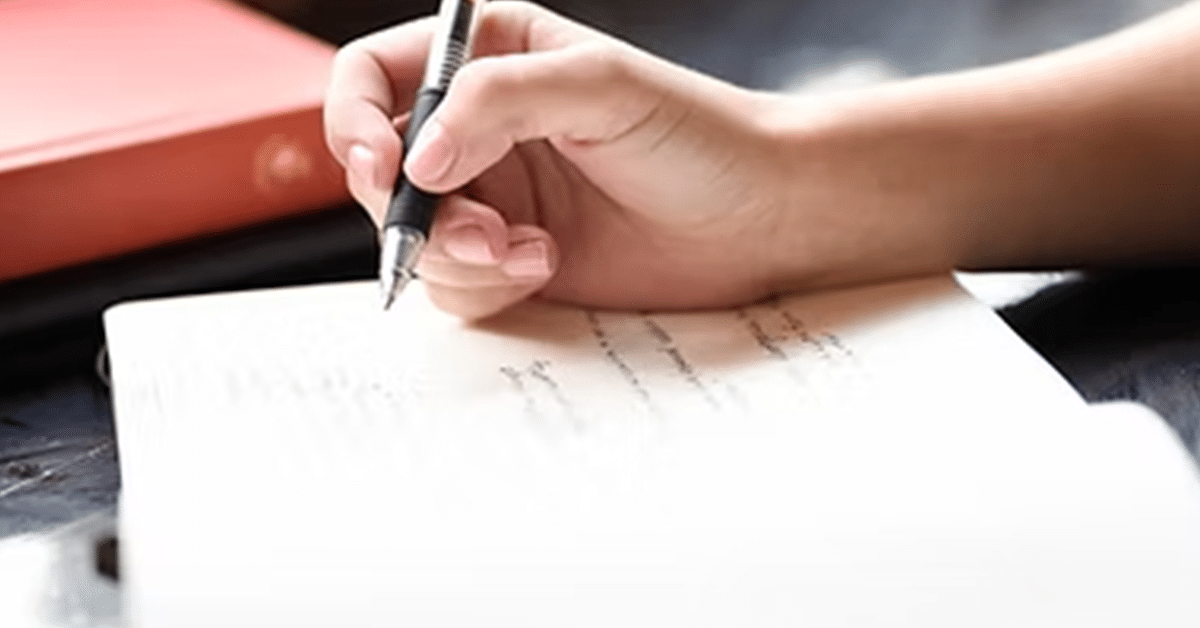Like most people, my relationship with my iPhone is, shall we say, an evolving situation. I’m frequently looking for ways to use it less, to use it better, or to stop it from interfering with other aspects of my life.
Of course, the fact that this quest is also the focus of my professional life has its perks. I’m up-to-date on the latest research on healthy (and unhealthy) tech use. I often come across new tips and tricks for managing screen time. I even get to share these ideas with other people who might find them helpful. It’s the best!
But this blurring of the professional and the personal also has its downsides—mainly, that sometimes I feel like a big, old hypocrite.
Let us take a quick trip back to the start of the summer.
At the time, I found myself falling into a few bad habits. There was, for example, my tendency to reach for my phone during even the shortest of “in-between” moments—a break in conversation, a doctor’s waiting room, a rare instant of my son playing happily with some Magna-Tiles—to refresh my email or check social media.
There was also my nightly ritual of collapsing on the couch with my phone, slowly assuming an increasingly horizontal position as a pile of pillows and cushions enveloped me, my eyes glazing as the screen flashed with Instagram reels, Twitter threads, and email exchanges—and doing this until I eventually zombie-walked up the stairs to bed.
Around that same time, I said the following to Michael Levenson at the New York Times:
Dr. Nesi recommended a more “mindful” approach [to social media use], which involves “taking a step back and thinking about what I’m seeing.”…Being mindful of how we use social media is challenging, Dr. Nesi said, because some apps are designed to be used mindlessly, to keep people scrolling through an endless stream of videos and targeted content…
Do you ever come across an old photo of yourself and think, Wow, I loved that shirt! Whatever happened to that shirt? I looked great in that shirt! And then you glance down at your current attire, and it’s a ratty, oversized t-shirt that you snatched out of a pile of clothes your husband was planning to throw away, and you think Who have I become?
That’s kind of how I felt when I saw that article in print.
I decided maybe it was time to take my own advice.
Alright, what’s this “mindful approach” of which you speak?
How can we actually take a more mindful approach to our phone use? How can we reclaim control over a device when it feels like it’s controlling us?
Let’s break it down into a few simple (science-backed) steps. Along the way, I’ll share how I’ve approached this recently.
Step 1. Pay attention
Mindfulness has a bit of a branding issue. You often see the term mingling with inaccessible phrases like, say, unleash your natural curiosity or open your heart with gentle acceptance. This might make it seem like mindfulness is complicated and/or involves taking some drastic steps to implement.
But mindfulness can actually be extremely simple.
According to the Annual Review of Psychology: Mindfulness is a process of openly attending, with awareness, to one’s present moment experience.
In other words: pay attention to what’s happening. That’s it.
Of course, when it comes to our phones, this is easier said than done. How often do we operate on auto-pilot, grabbing our phones, unlocking the screen, and finding ourselves halfway through a video detailing the organizational structure of a stranger’s kitchen pantry (just me?) before we realize what’s happened?
So, here are some tips for bringing back awareness to our phone use:
- Take a pause. Next time you grab your device, take a moment to check in on what you’re planning to do after you unlock. You can try downloading an app to help with this (e.g., OneSec), or turn off Face ID to limit auto-pilot unlocks.
- Try a slow scroll. Similarly, try slowing down after you unlock your device. Before you click on that first app, let your thumb hover for a second. What do you have the urge to do?
- Set reminders. Screen time limits and other phone reminders can break the spell of mindless use, offering a quick prompt to check in on what we’re doing on our device and how long we’ve been doing it.
- Feel all the feels. Pay attention not only to what you’re doing on your device, but how you’re feeling about it—before, during, and after. What thoughts are popping into your head (if any)? What’s happening in your body? Are you bored? Energized? Stressed? Excited?
In my case, I noticed a lot of automatic email refreshing throughout the day. I wasn’t often responding to these emails in the moment, but instead, feeling vaguely stressed by nagging thoughts of items that would later need a response. I also noticed some auto-pilot Instagram and Twitter scrolling, typically in the evenings. This involved the occasional burst of happiness (A cute baby! Nathan W. Pyle’s parenting texts that sound like Killers lyrics!), but also a general, empty feeling of boredom and distraction.
Step 2. Ask the tough questions
Okay, so you’re getting mindful about your device use, and, if you’re anything like me, you’re feeling kind of icky about it. Now what?
Let’s take a page out of a type of therapy called Motivational Interviewing (MI). Dozens of clinical trials have shown that MI can help people change behaviors, ranging from substance use to parenting practices, and it can help us here.
It’s time to ask two key questions:
- What do you want to change about your phone use?
- Why do you want to make that change?
Here are some things to consider:
- Reflect on reasons: How has your phone use gotten in the way of your life?
- Elaborate on reasons: Can you think of any specific examples of how this has created problems for you?
- Importance ruler: On a scale of 0-10, how important is it to you to make this change? Why not a 0? What would it take to move from a ___ to a higher number?
- Look forward: How would making this change improve your life?
Ultimately, I wanted to change the feeling of distraction and stress my current phone habits were causing. I wanted to stop filling all my free moments—and some not-so-free moments—with mindless phone use, so that I could spend that time on other, more important things (i.e., conversations, hobbies, general awareness of the world outside my device, etc.)
Step 3. Figure out how
Consider which specific aspects of your phone use you want to keep, and which you’re ready to change. Then, make a plan. You can find an example behavior change plan in this post.
In my case, I wanted to avoid needless distraction and stress from my phone use, but there were also a few uses of my phone that I was unwilling or unable to give up. These non-negotiables included:
- Taking videos of my son doing important things (e.g., yelling about leaf blowers; calling a family member’s used Honda-CRV a “schmancy fancy sports car”)
- Listening to podcasts, music, and audiobooks (currently, the book Tomorrow and Tomorrow and Tomorrow)
- Using Google Maps for directions
- Texting and FaceTiming family and friends
- Being available for emergency work calls
The main culprits of my distraction, I determined, were email and social media. I considered a number of options for reducing time spent on these activities, while preserving my non-negotiables (see this post for tips on reducing phone use, and this one for smartphone alternatives), but ultimately, I landed on a simple, brute force approach:
I deleted all email and social media apps from my phone.
Step 4. Check back in
A final, key component of effective problem-solving is to test out your proposed behavior change solution and, after a certain period of time, re-evaluate how it’s working for you. Try coming back to some mindfulness: what’s working well? What needs adjusting? How are you feeling about it?
For me, it’s now been a couple months since I effectively turned my smartphone into a modified “dumbphone,” and I haven’t looked back.
I know this solution isn’t for everyone. Some jobs require near-constant email access, or frequent social media posting, for example. This is why it’s important, if you’re interested in taking a more mindful approach to your phone use, to walk through Steps 1, 2, and 3 on your own.
But so far, my self-declared Smartphone-as-Dumbphone Girl Summer seems to be working. I recognize that, despite my acting as if I’ve just returned from a 10-day silent meditation retreat, we’re actually just talking about deleting a few apps off a phone—but, for me, it’s been a noticeable change.
To use one of those irritatingly inaccessible mindfulness words, I do, in fact, feel more present.
Now, as I collapse into a pile of couch pillows at the end of the day, the scrolling is often replaced by a conversation with my husband. I’m finding more opportunities to read or listen to a podcast while waiting at the doctor’s office, and to join my son in playing with Magna-Tiles.
Our relationships with our devices will always be evolving, and I’m confident mine will continue to change as I try to stay mindful of it. For now, with less mindless phone use, it feels like I’ve gained back some of the in-between moments of my days.
It turns out, if we’re really paying attention, those moments matter.
It’s odd how little correlation exists, in my experience, between enjoyment of home organization videos and actual organization of one’s home. Maybe I’m hoping that watching these videos will organize my home through some kind of osmosis?
I think @nathanwpylestrangeplanet might be one of the best Instagram accounts out there right now. Except maybe @nationalparkservice, which, if you’re unfamiliar, I highly recommend. Here’s a recent post: “Remember that wildlife in parks are wild and like your ex, can be unpredictable when they’re disturbed or surprised.” And another: “Hike in groups. Bears like to have options.” Is this not an agency of the federal government? Who is in charge of this thing? I love it.
It’s often easier to notice others’ problematic phone habits than our own, so you might also consider asking your spouse or a close friend to tell you what they notice about your device use (i.e., when it seems to get in the way, how it seems to make you feel, etc.). Warning: this path is only for the extremely brave among us.
Do I feel a little silly for owning this incredible device and paying way too much money for it, now to use it only for texting, driving directions, and podcasts? Yes, yes I do.
For the unfamiliar, TikTok users love to label our current season “___ Girl Summer,” with various descriptors to fill in the blank. It all started, I think, with 2019’s “Hot Girl Summer,” which referred to a certain aspirational summer vibe of carefree fun with lots of outdoor drinking. Things have since taken a turn. This year, for example, we’ve got “Tomato Girl Summer,” which The Guardian describes as: “an exuberant and technicolour rebuke to the quiet luxury trend. Tomato girl summer fashion embraces bright fruit and vegetable prints, with lemons and cherries vying for space with tomatoes.” We’ve also got “Rat Girl Summer,” which, according to the Washington Post, involves: “living like a rat: scurrying around the streets at all hours of the day and night, snacking to your heart’s delight, and going to places you have no business going to.” Right.
It took me a week or two to actually work up the courage to delete these apps from my phone (particularly the email apps). One day, before finally committing to the change, I brought a book with me to a doctor’s appointment to…I don’t know, actually. Test whether I could manage to replace emails with books for a 10-minute period? See if I still knew how to read? I’m not sure what exactly this trial run was for, but I can confirm that I did, in fact, check my email during the waiting period. I deleted the apps soon after that.
Keep Reading
Want more? Here are some other blog posts you might be interested in.








